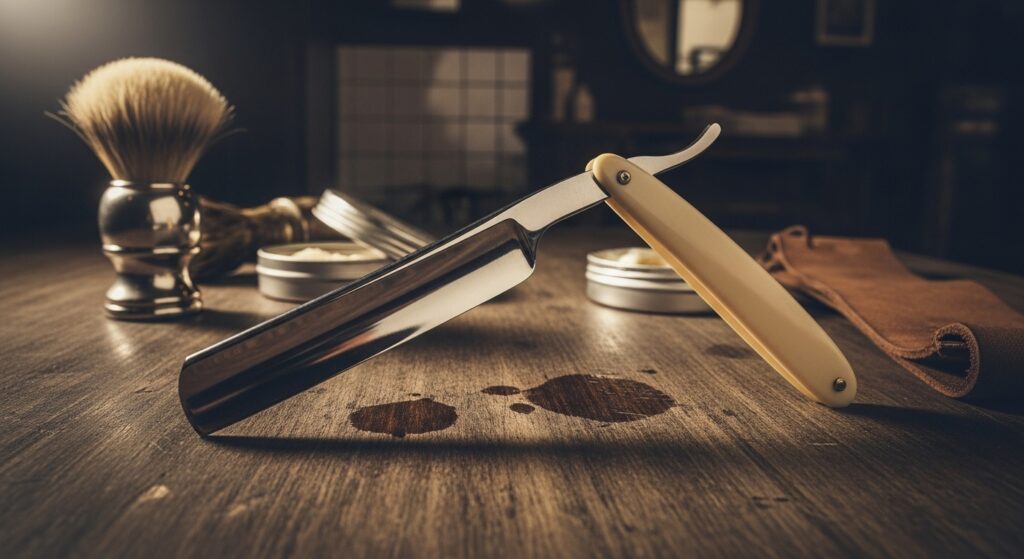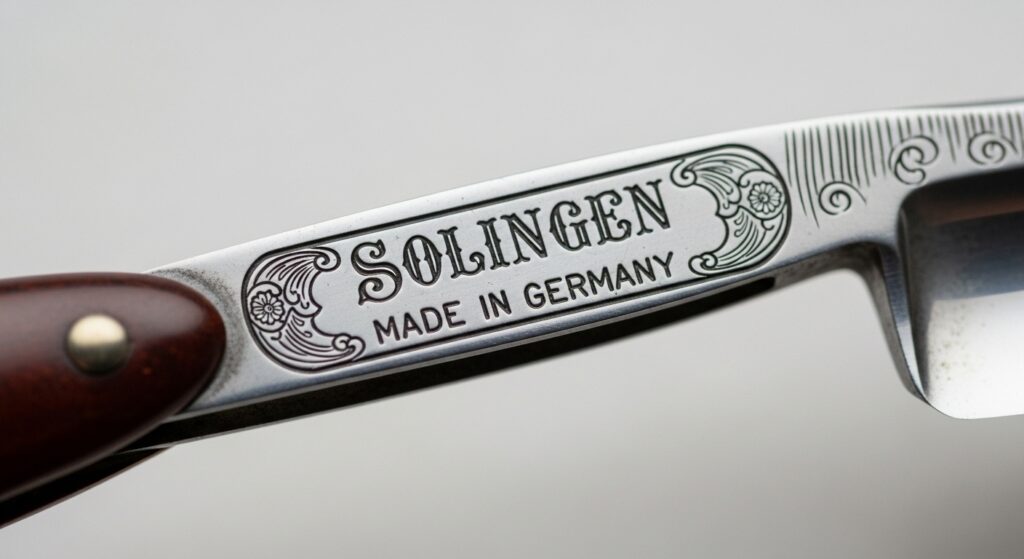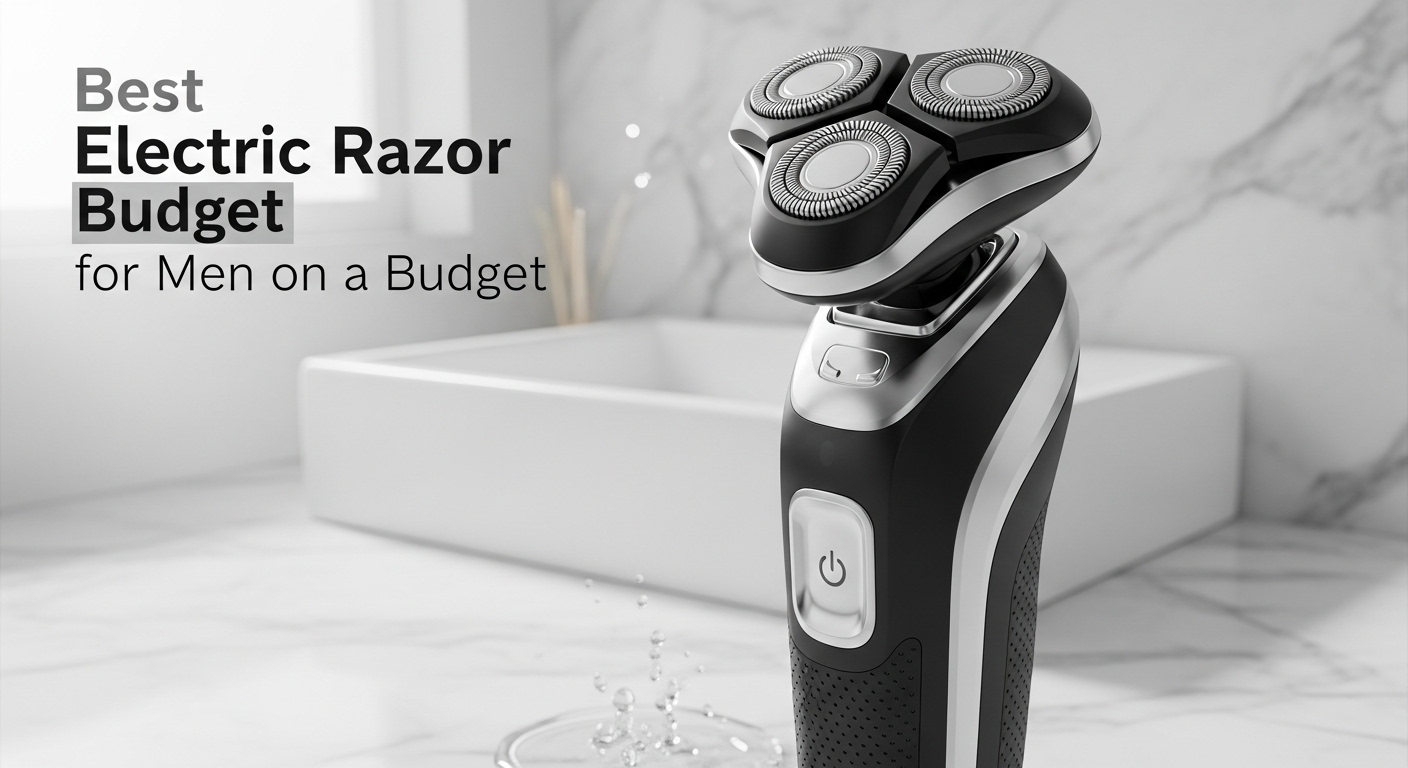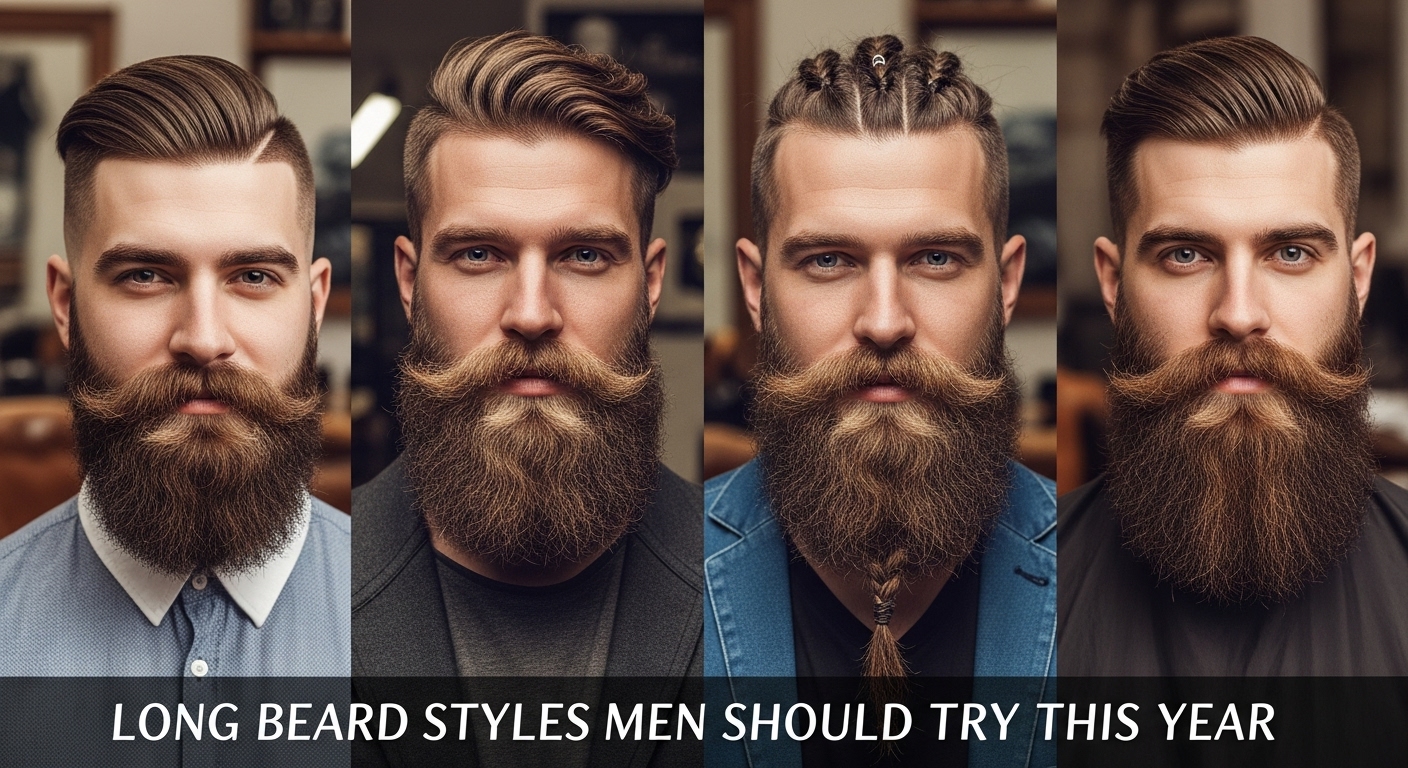There’s something about a straight razor which makes it seem as if it’s from another era, maybe even older than time itself. A single piece of steel, polished into a razor-sharp edge, just a simple handle to make it safe. No moving parts. No plastic. Only a blade and the ability to use it. In old barbershop photographs, we can spot the razor folded up in its leather case or lying on the counter next to a steaming towel. Still, the tool might have been in the hands of our ancestors for a very long time before the age of black-and-white photography.
Firstly, the history of the straight razor is not only about shaving. It is craftsmanship, grooming culture, and social status as well. The history from the very first crude blades to the straight blade that is used by barbers today which is precision-ground covers even the styles of steel work and the designs of silversmiths through the ages.

The First Blades Long Before Steel
The earliest razors were not metal at all. Archaeologists have discovered sharpened flint, clam shells, and obsidian edges that were used for shaving and cutting hair thousands of years ago. In addition, razors were not exactly comfortable. For example, a small cut from a shell was not forgiving something unimaginable when compared to today’s best electric razors for men.
The first metal razors were already around in the Bronze Age, about 3000 years ago. These were tiny, flat, and often crescent-shaped. They didn’t fold, and they weren’t as refined as today’s cut throat razor. However, they made it clear that one thing metal was better than stone.
Greek and Roman Grooming Culture
The Greeks: were one of the first to include shaving as part of the social life in their public identity. Soldiers used to be clean-shaven most of the time so as not to be able to be grabbed by the enemy during battle.
Besides getting, trimmed with early versions of the straight blade razor, Barbershops transformed into places where men could talk about politics, news, as well as gossip.
What the Romans: did was that not only did they adopt the habit but they also went further with it. The tonstrinae (barber shops) in ancient Rome were equipped with steel blades with handles.
They did not fold in half, but they were already similar to the shape of our straight edge razor. Nevertheless, Roman steel was very susceptible to rust; therefore, blades were not long-lasting.

The Medieval and Renaissance Periods
After the fall of Rome, Europe had to wait for hundreds of years before personal grooming tools were standardized again. Blades differed in length, their grind, and steel quality. By the late Middle Ages, smiths were making razors with the edges that were off more regular. These were also often in wooden or bone-handled sheathes.
Cutler guilds (blade makers) were very skilled in making edges that could be strong enough for daily shaving with a straight razor blade. Still, these were considered expensive tools and mainly owned by the rich.
Most men would rather go and see a barber for shaves than keeping a barber straight razor at home and doing it by themselves.
The Sheffield and Solingen Revolution
By the time of the 17th century those cities that dealt with steel production such as Solingen in Germany and Sheffield in England revolutionized the production of razors. Sheffield was able to make one with crucible steel – a type of steel that is harder, purer and can keep the sharper edge for a longer time.
Solingen: got to the point where they could use precision grinding to shape the razor so that it is evenly balanced and that it has been finely sharpened.
Sheffield vs Solingen Contributions
| City | Innovation | Impact |
|---|---|---|
| Sheffield | Crucible steel process | Longer-lasting sharpness |
| Solingen | Hollow grinding method | Lighter blades with finer edges |

The Golden Age of the Cut Throat Razor
The straight razor was the most popular shaving tool during the period from the late 1700s to around 1900s. Hollow-ground blades, ornate handles made from horn, ivory, and rare woods, as well as barber razors were the main products of that time and were produced to be used in professional shops only, and not by customers themselves.
Everyday Life with a Straight Blade in the 1800s
Most men in those days had just one. They used it as a religion – stropping before every shave, honing a few times a year. Razors were costly, but they were made to last a long time, at least for decades—quite different from today’s best beard trimmer options that blend convenience with precision.
On the other hand, barber shops were thriving. For just a few cents, you could have a shave that was much sharper and better than what you could do at home. The barber blade became a symbol of trust and skill of the profession.
The Decline Enter the Safety Razor
Everything was changed by the beginning of the 20th century. King C. Gillette came up with the safety razor – it consisted of a handle with a guard to protect the user, and also with disposable double-edge blades. It was quicker, safer for beginners, and it didn’t require honing or stropping.
The men of World War: I got safety razor kits that contained the razors. The ease of use was remembered. By the middle of the 20th century, the use of straight edge razor was mostly limited to barbers, a few collectors, and some traditionalists.
Modern Revival
There has been a slow revival of the straight razor over the past 20 years. Some men who were annoyed by the high prices of disposable cartridges or were seeking a closer shave, have decided to use a barber straight razor or a personal straight blade razor again.
It became convenient to search for straight razor suppliers near you, collectible straight razor, and specially-made blades thanks to the internet. If you type in “straight razor near me” a local barber still giving traditional shaves will pop up.
The Reason It Is Still Important
The ownership and operation of a straight blade is not only about reminiscing the past days. The aspects of control, artistry, and a bond to an ancient grooming habit that dates back to the 1st millennium is what it is about.
What makes it different from a safety razor or cartridge shave is that it creating an experience of slow shaving and relishing every moment of it.
FAQs
1: When was the straight razor invented?
The folding straight razor design as we know it today was already in use during the 17th century but the non-folding blade dates back to hundreds of years before.
2: Who made the best straight razor historically?
The cities of Sheffield (England) and Solingen (Germany) were regarded as the most proficient in the production of quality blades.
3: Why is it called a cut throat razor?
The origin of the term is the fully visible blade, which could lead to death from the only place where accidentally severing the throat happens.
4: Are straight razor blades still made today?
Absolutely. A good quality straight razor blade is still made by modern manufacturers and artisans who are not only catering to professionals but also to enthusiasts of the craft.
5: Is it still possible to shave with a straight razor?
Definitely. The majority of barbers who provide classic razor shaves only use disposable barber razor blades to comply with health regulations.

Alex Carey writes about men’s and women’s hairstyles, blending fashion insight with easy-to-follow haircare routines for every hair type. With a keen eye on seasonal trends, Alex helps readers stay updated on what’s hot and what’s not. From daily care tips to complete style makeovers, Alex covers it all.




